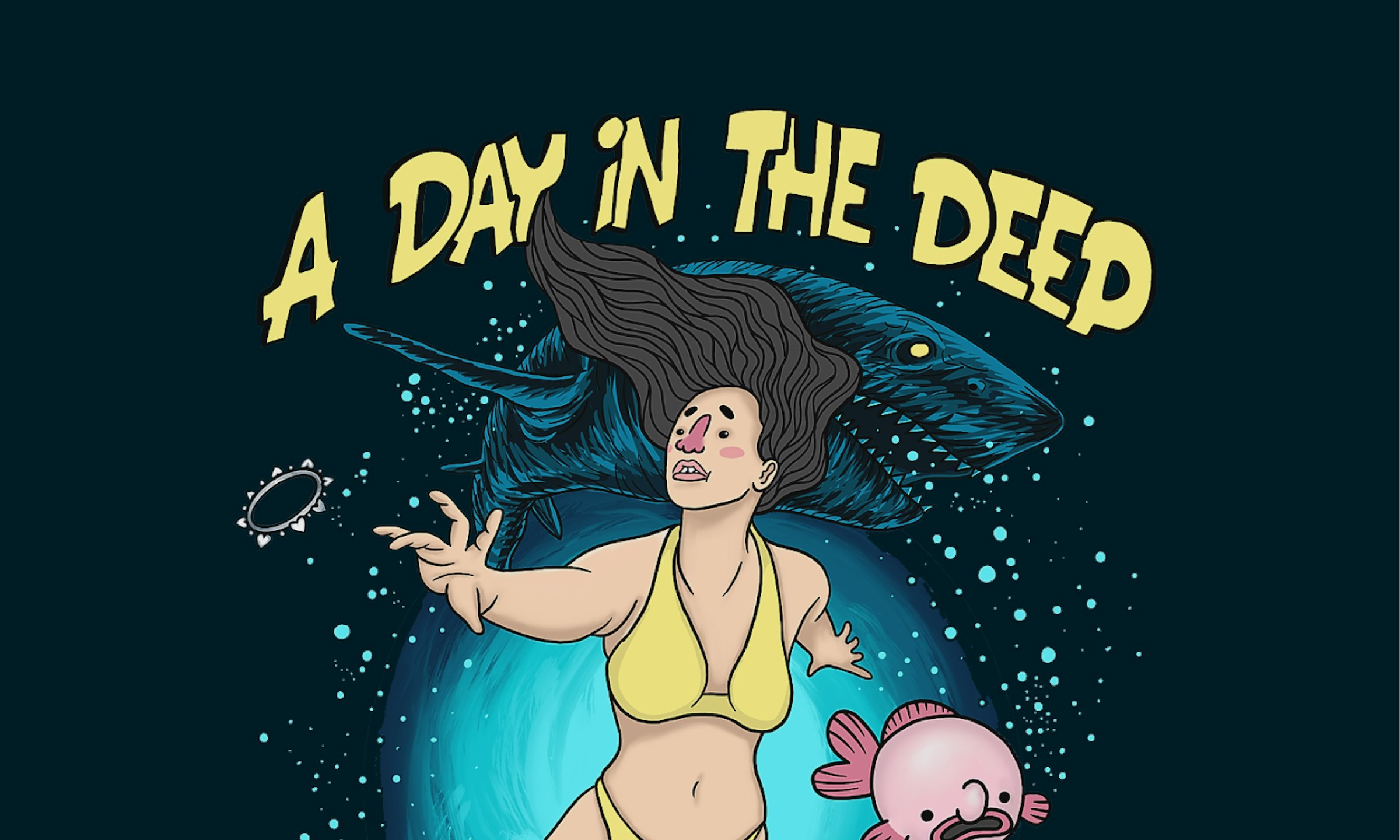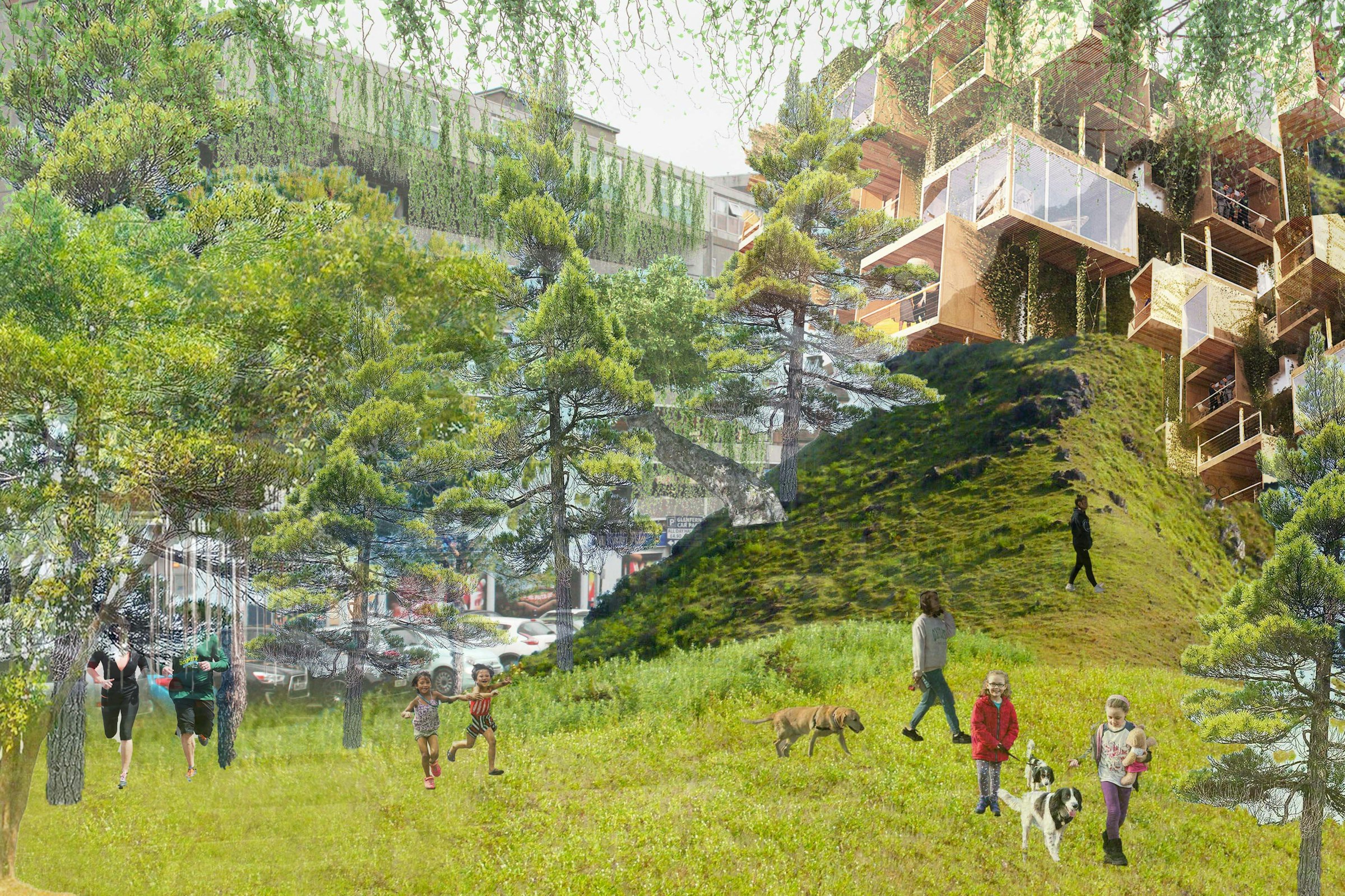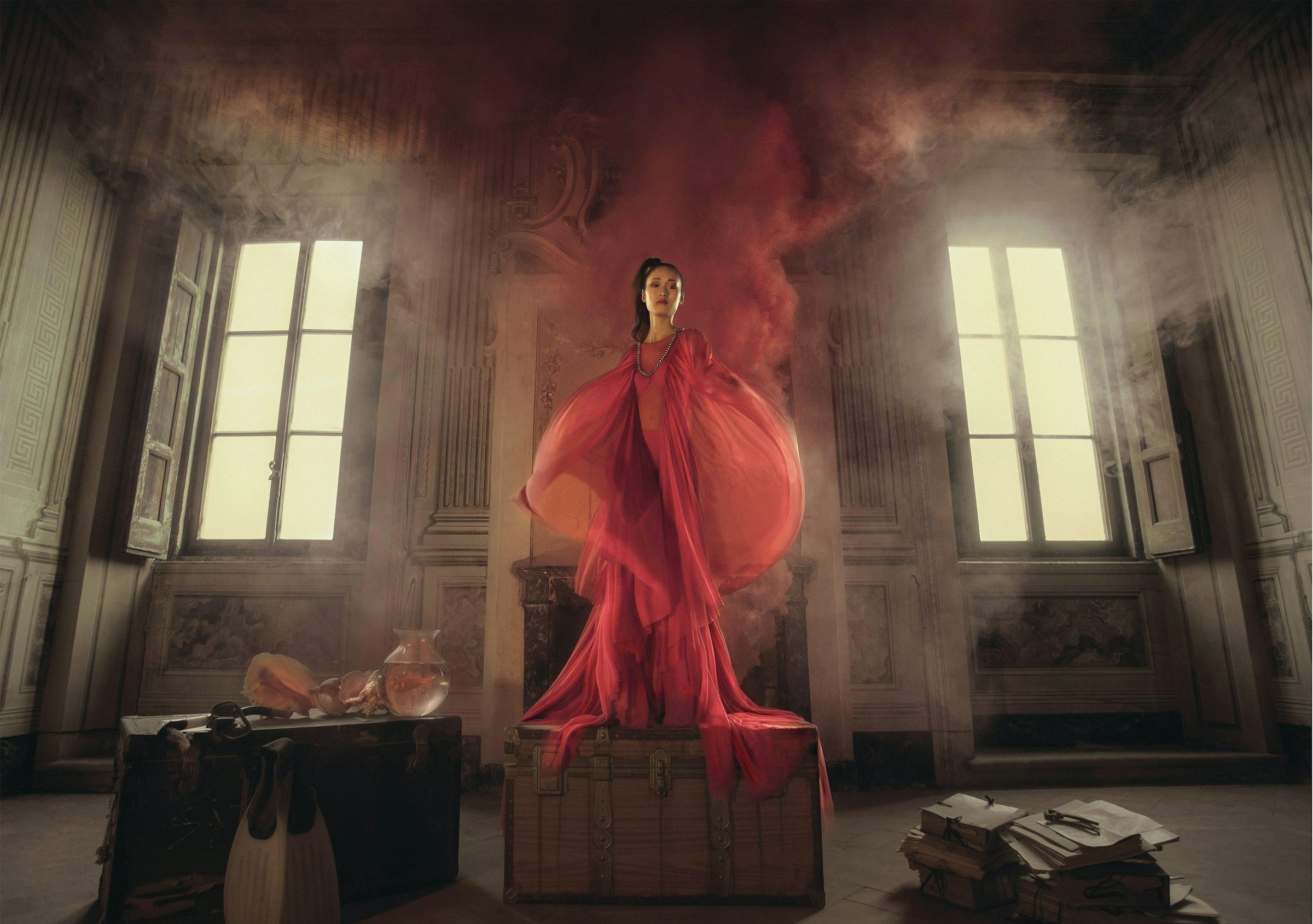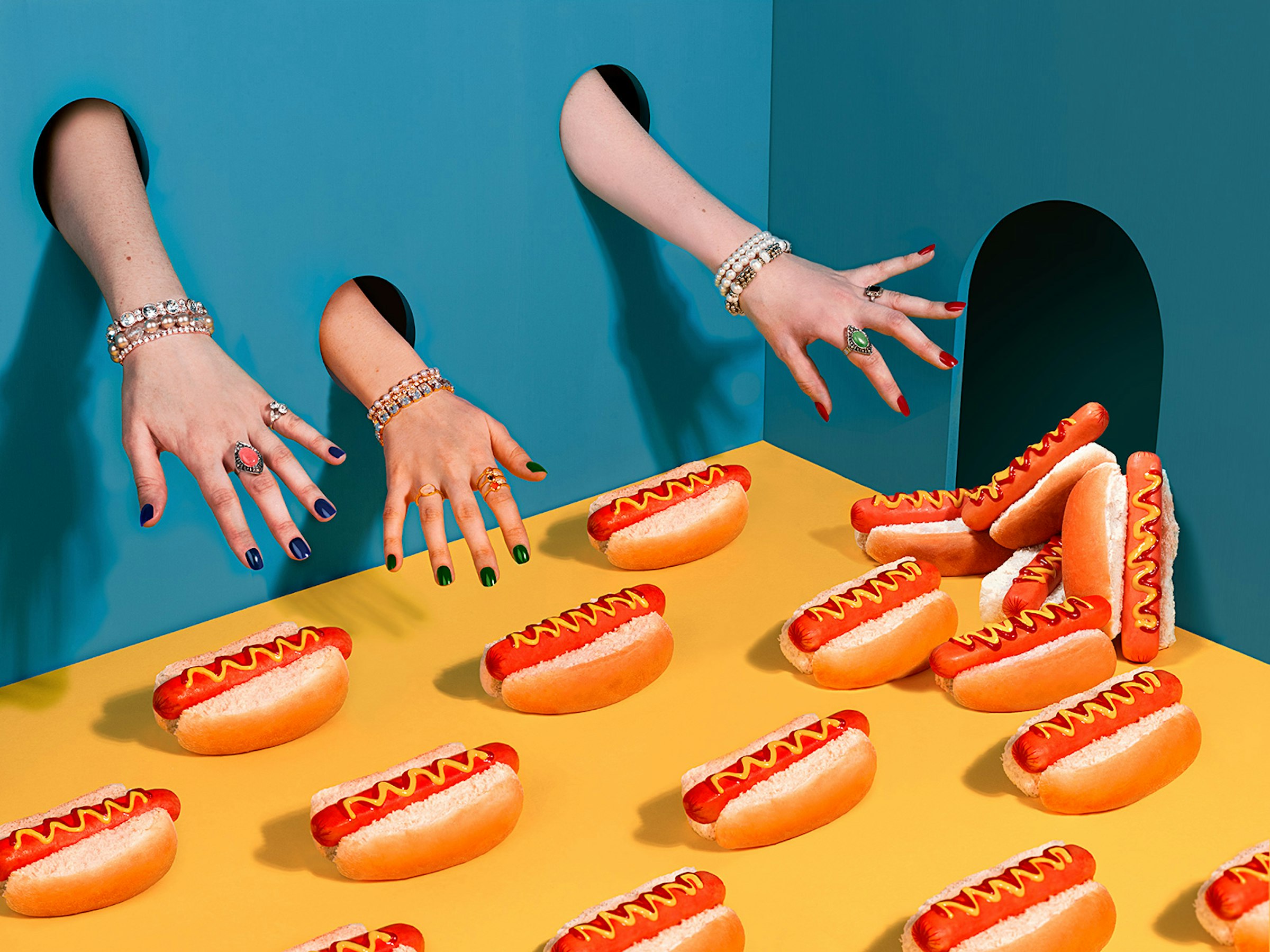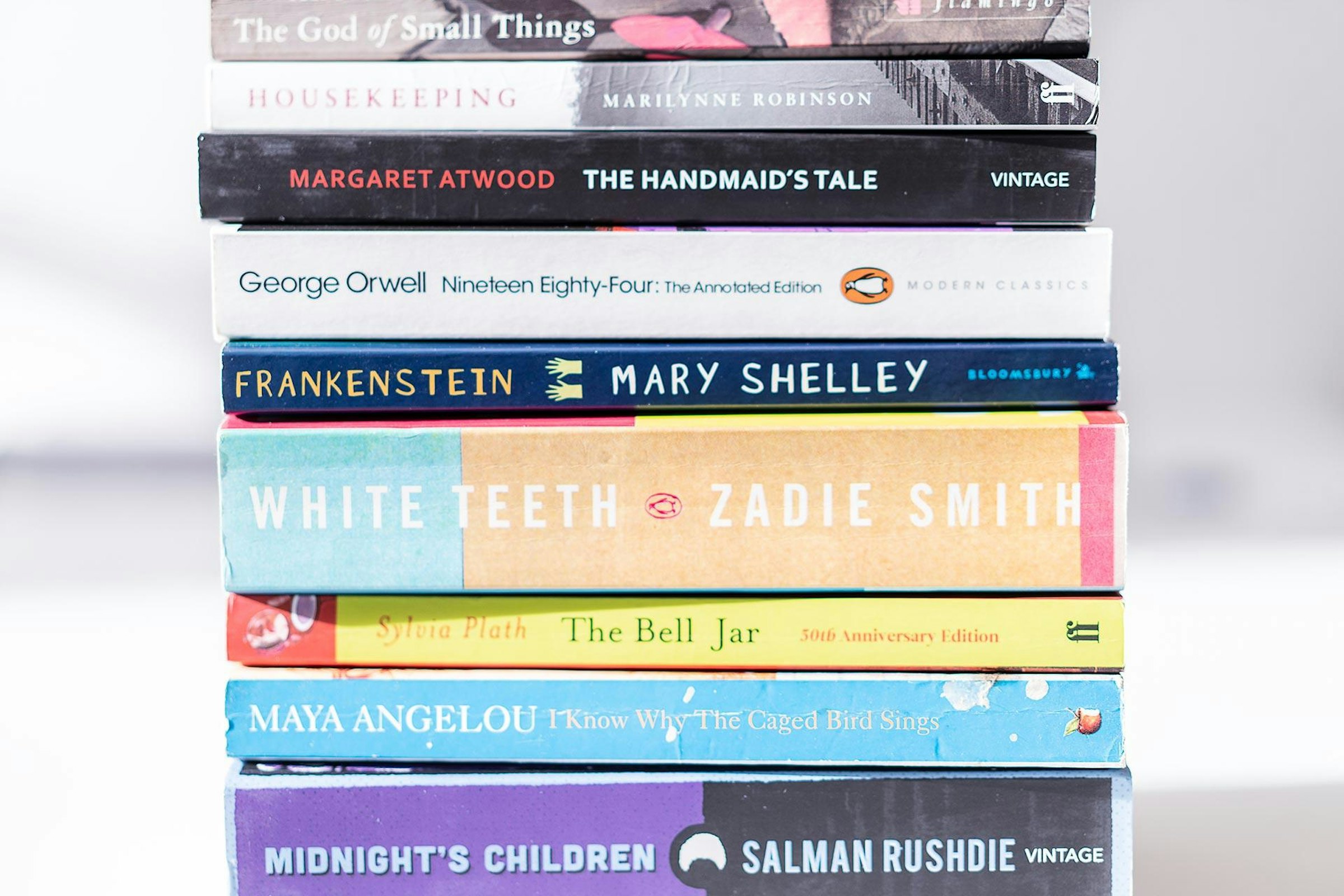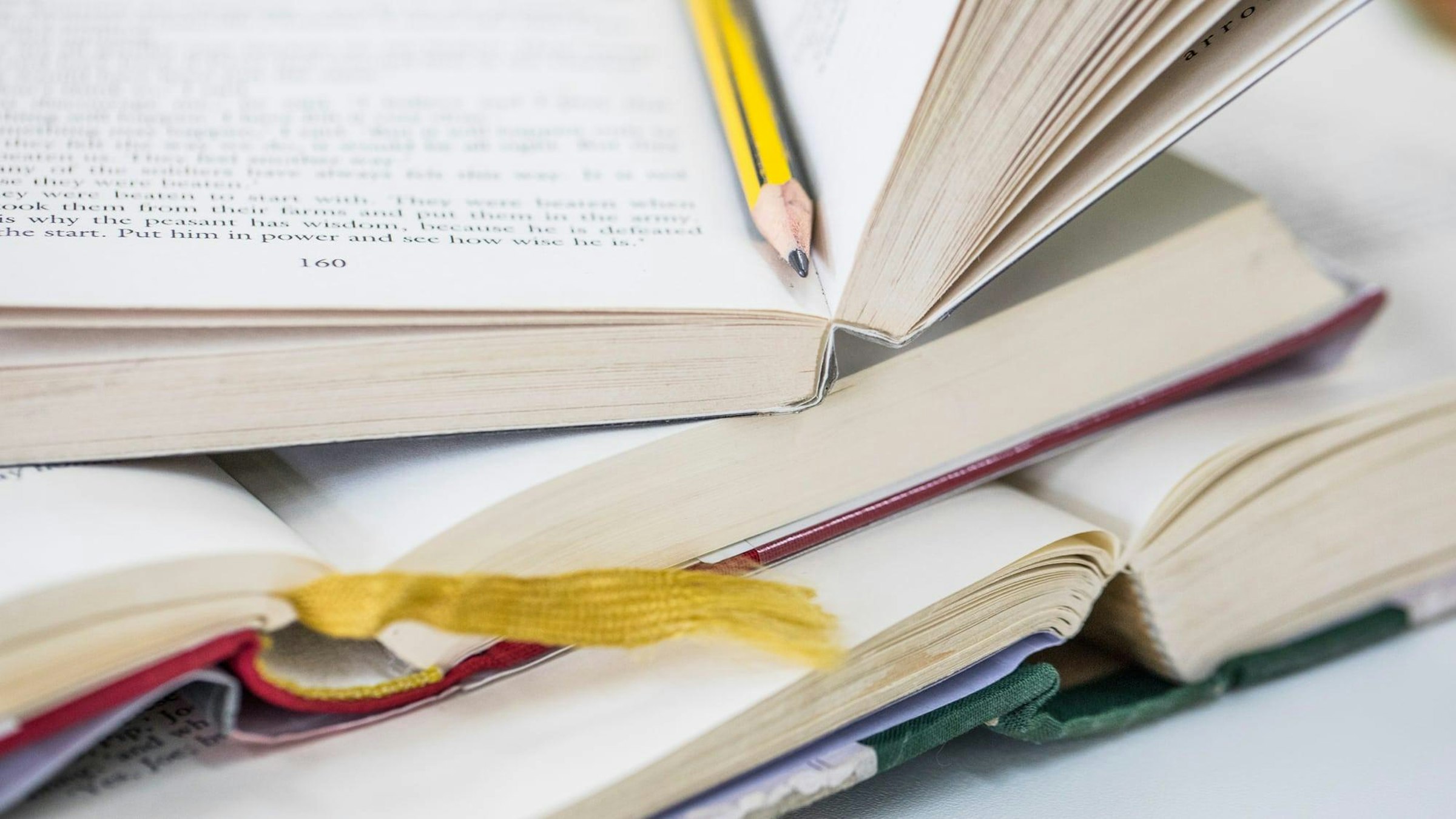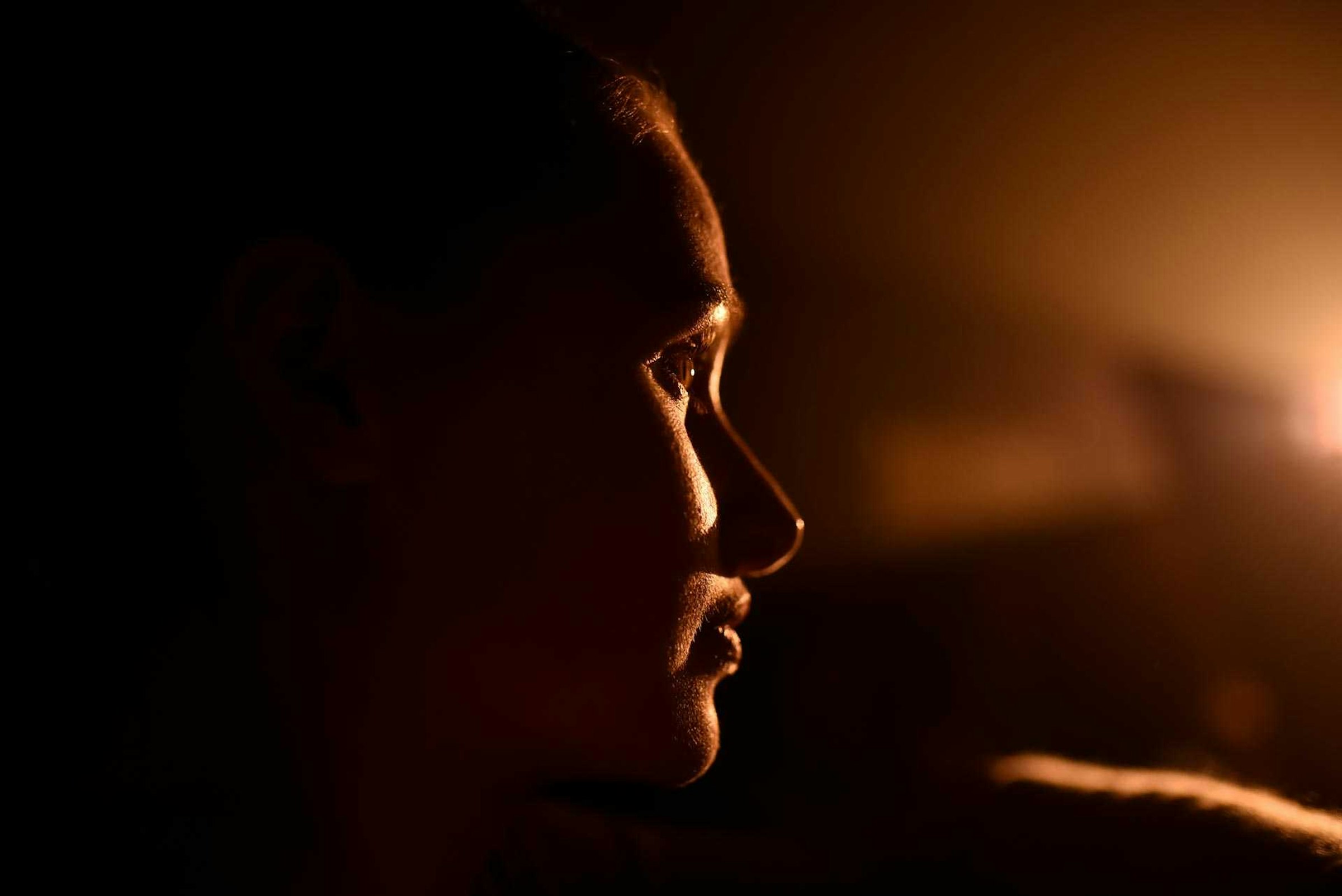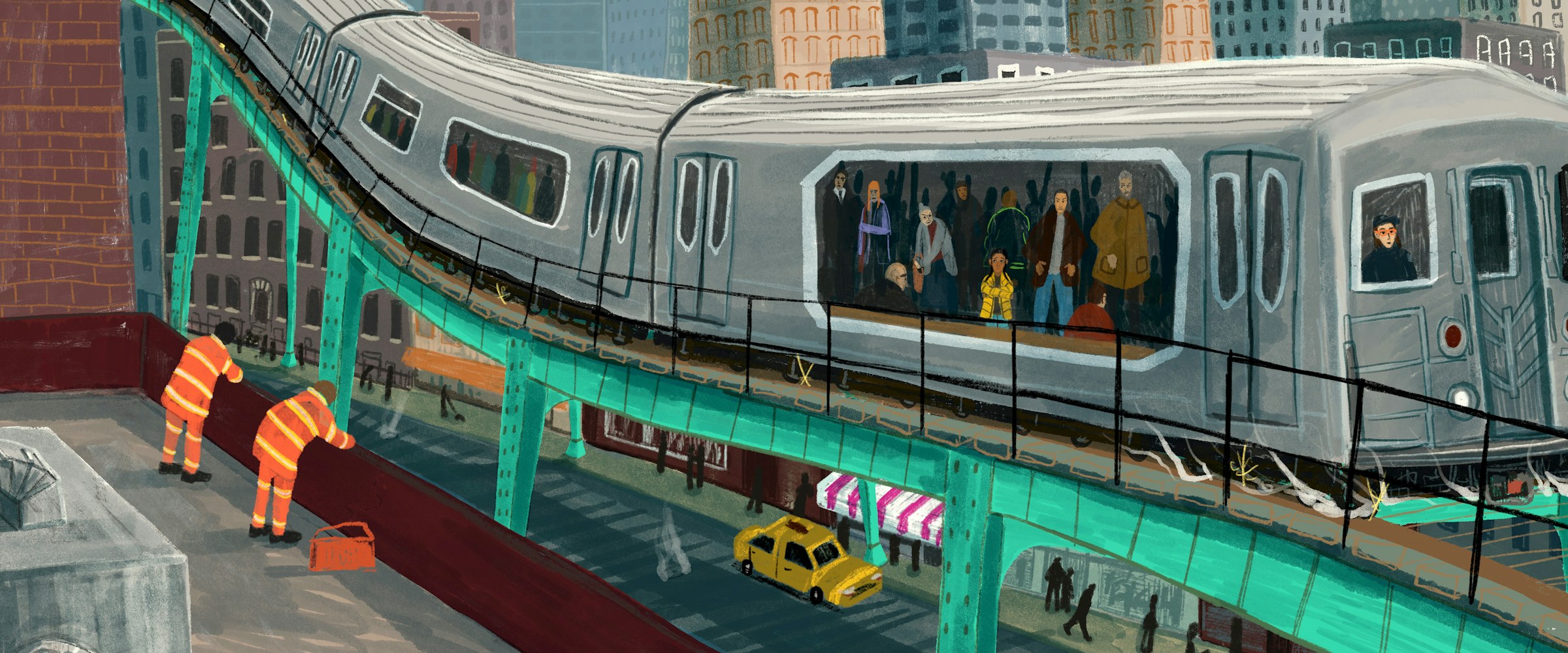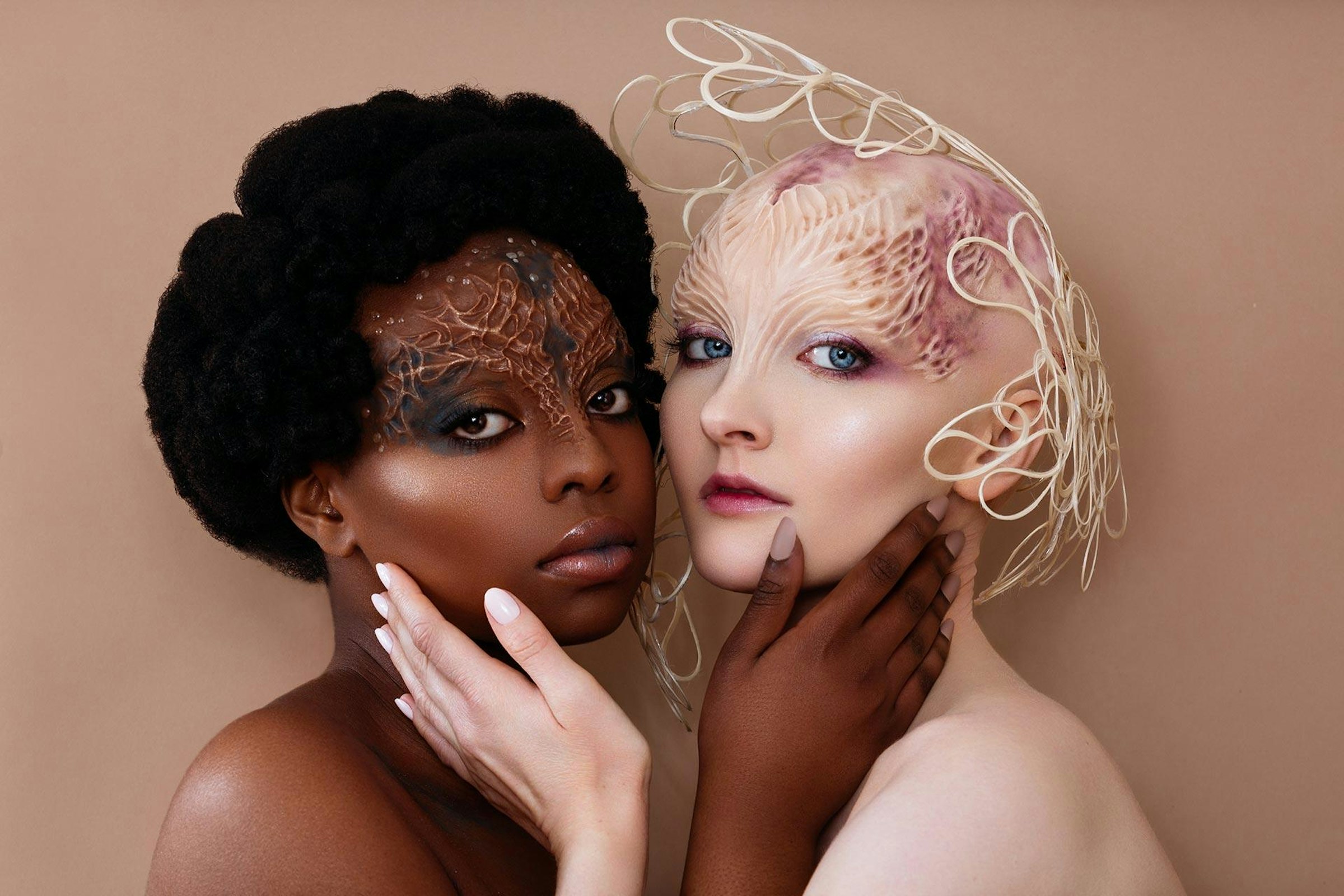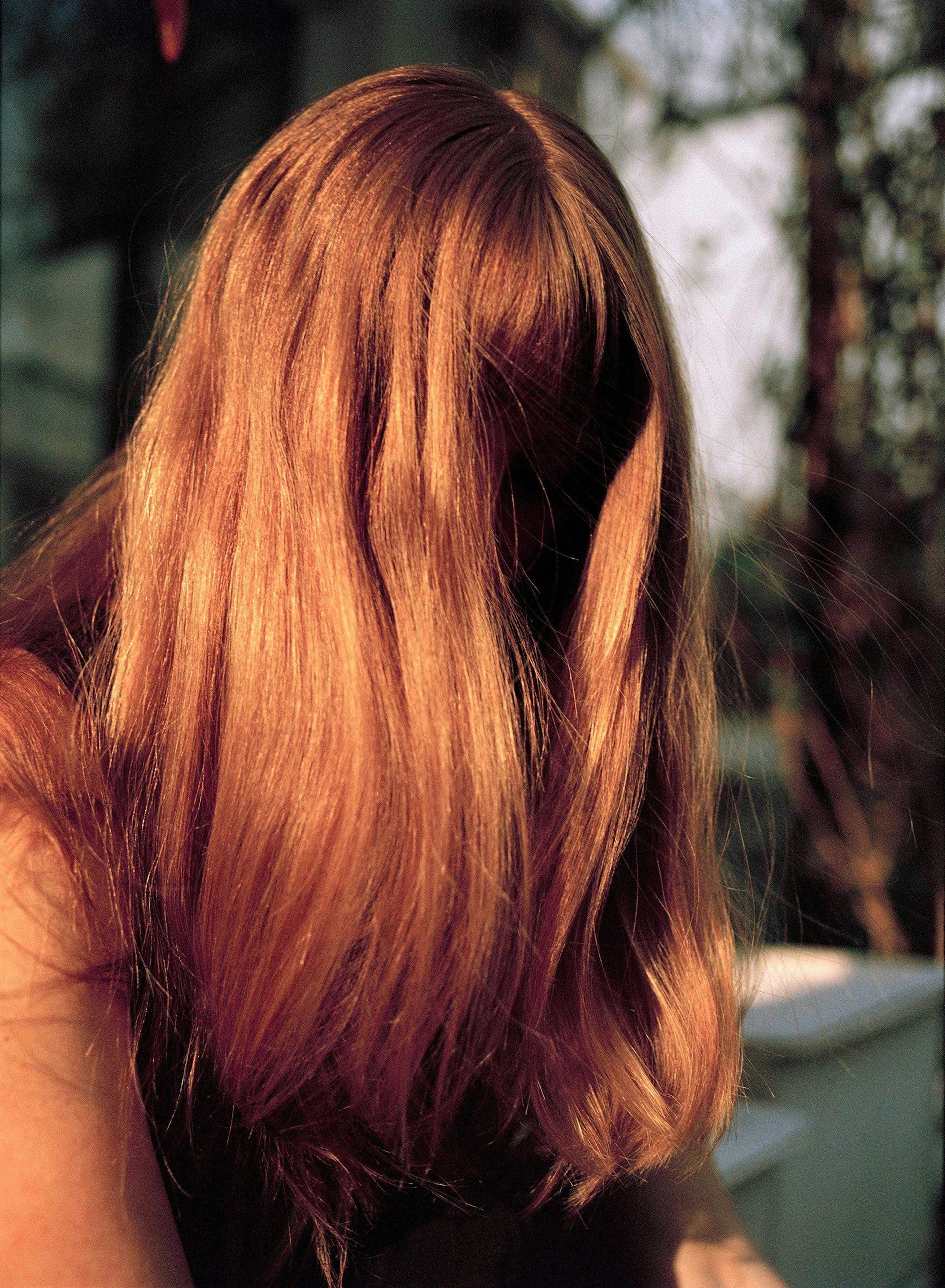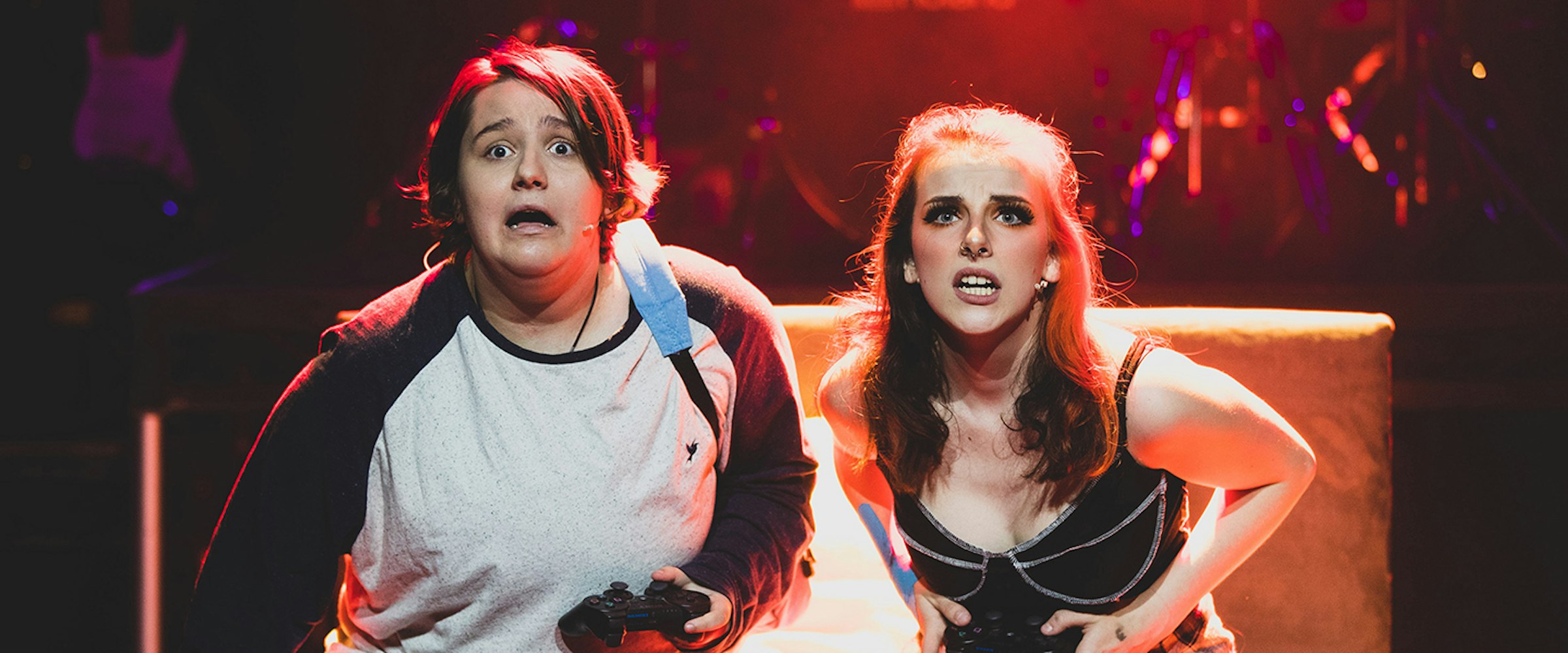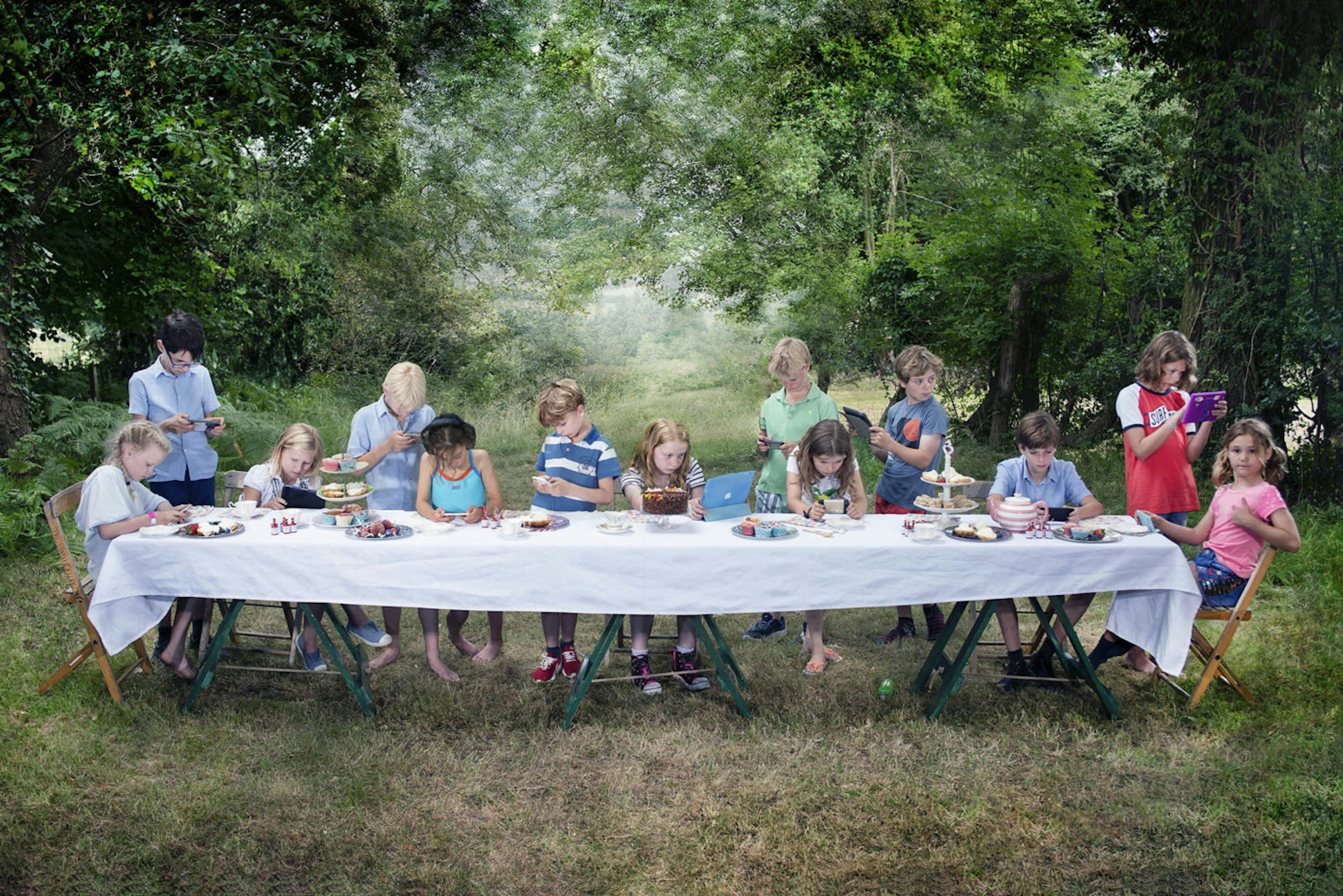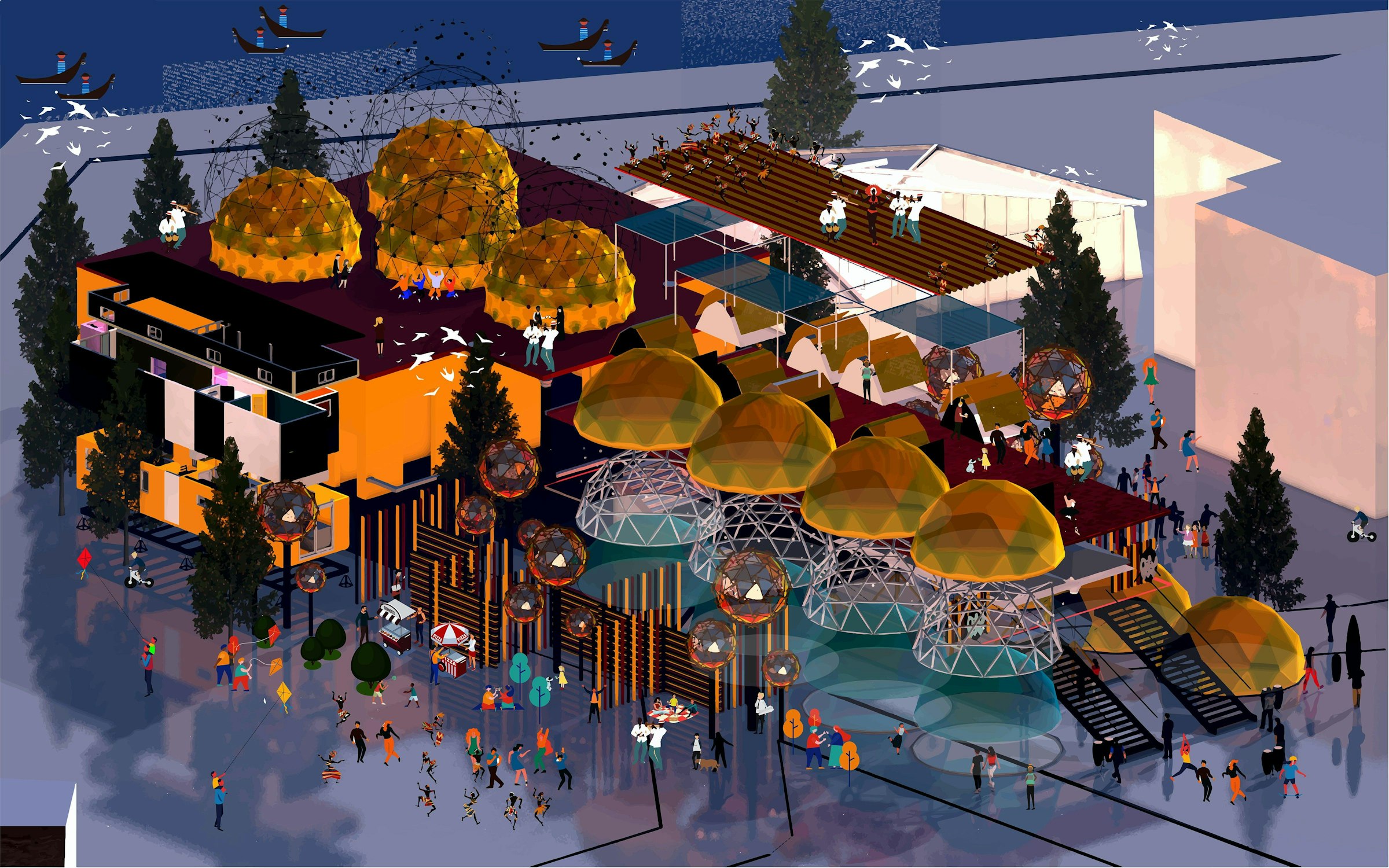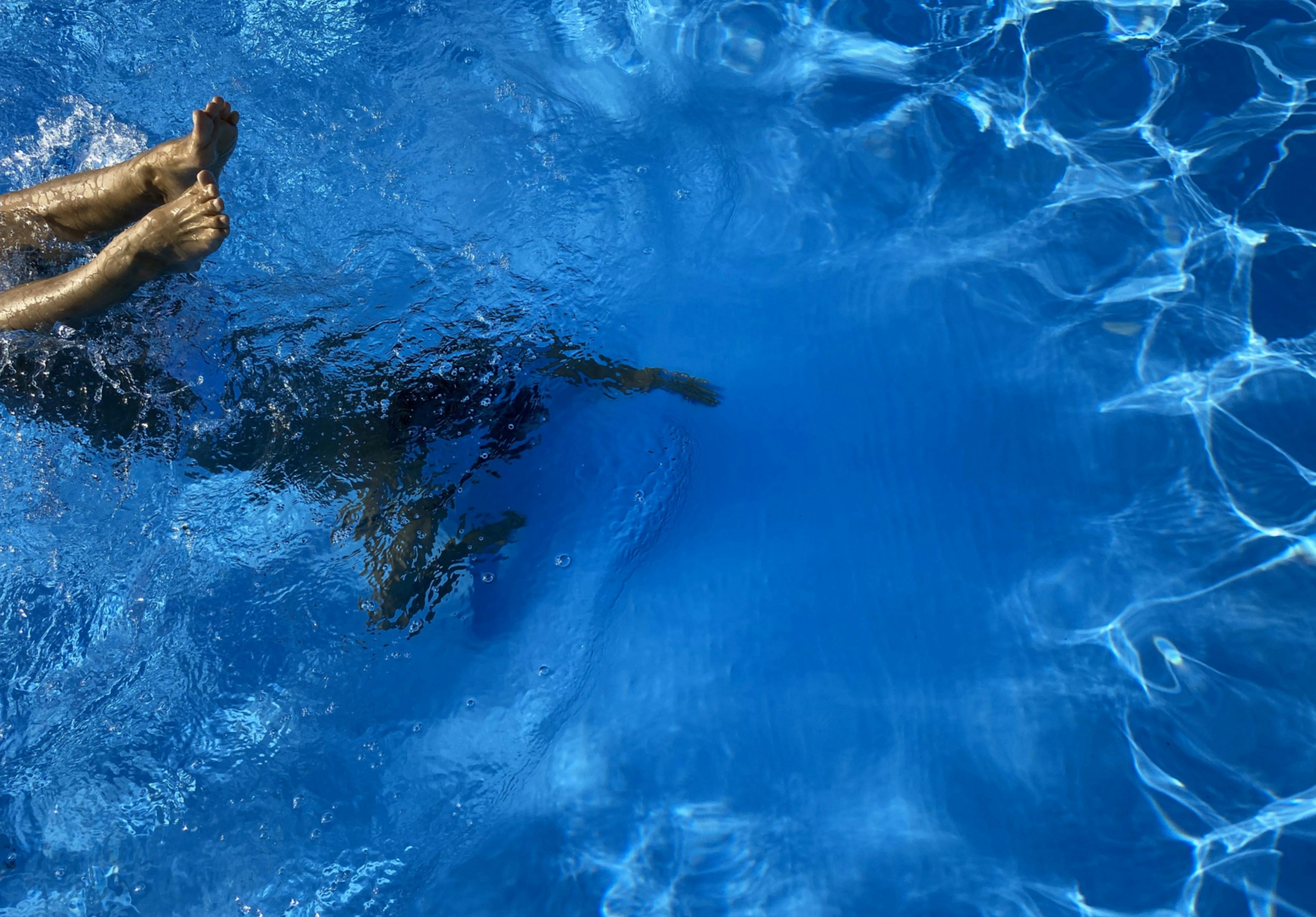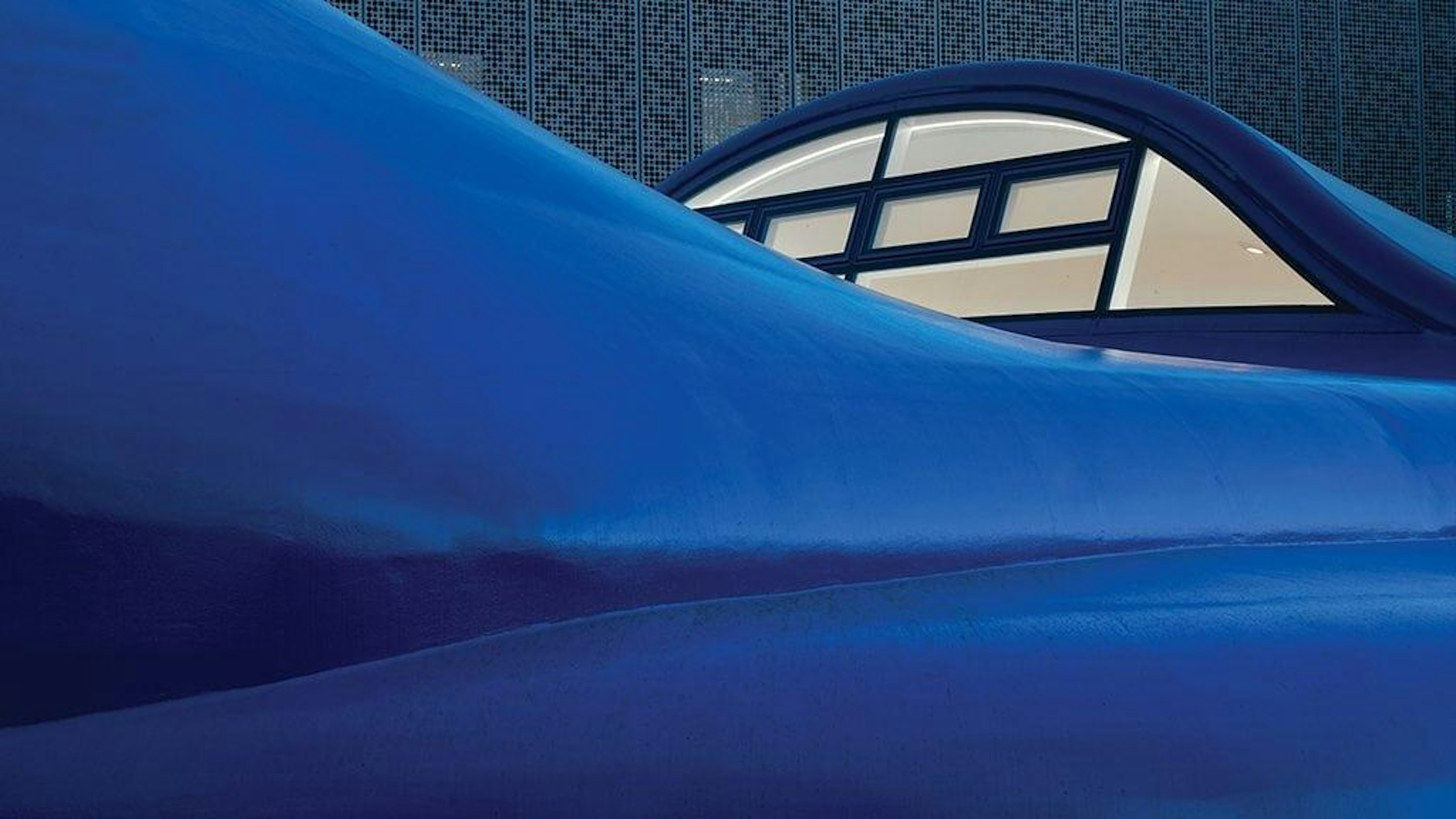
Throughout my life, I have remained drawn to soft materials and experiences centring around tactility, with many of my interactive childhood toys being made from fun fabrics in vibrant colours and patterns, even some of my books!
My early exposure to soft surfaces developed into a fascination with making and established a link between my learning, understanding and communication of experiences, with this remaining at the heart of my textiles practice.
In response to my love of tactile elements and different surface feels, many of my early years were spent haphazardly hand-sewing fabric scraps, under the direction of my nan, into pin cushions that often took the form of various desserts, or floral motifs – generally just experimenting with colour and compositions. As I became more confident, I decided that I wanted to try using a sewing machine as I had seen my nan do in the past. My great-grandmother was a dressmaker and had passed down a beautifully outdated Singer sewing machine from the 1900s, which drew my curiosity. It was the first sewing machine I ever used at the age of six. Needless to say, I loved it, and finally got my own sewing machine when I was 18.
I began to formally expand upon my love of textiles during my Foundation Diploma, despite having never taken the subject whilst in education, and immediately fell in love with 3D explorations that I had created, and the processes involved. This new way of working allowed me to add a new dimension to my art, and the topics that were explored. I have built upon this fascination with materials and interactive qualities ever since.
Generally, when beginning a creative project, I start by collating extensive amounts of primary and secondary research and initial drawings in different media to generate ideas from a wide variety of sources. From these drawings, mark making experiments and photos, I develop digital designs in Adobe Illustrator, Photoshop, and Wilcom CAD embroidery software to take forward and trial on fabric.
This combination of elements allows me to demonstrate an eclectic approach to textiles, which is a quality that I value in the work of myself and others. Supporting information is primarily collected via library and museum sources, and the internet, and can range from visual research of artworks to academic articles and studies. I present my collected information and work in sketchbooks, which are often pretty messy, as I find it useful to have my visual journey contained in one place – even if the book doesn’t close!
Sometimes I feel that my creative process is quite erratic, due to my tendency to keep creating and spending less time in the development and refinement stages; now I have accepted that this is just how I work and have always worked. Though I would like to be slightly more organised, a large part of my practice and development as a designer has been learning to accept my differences and appreciate my personal journey and outcomes.
Though textile practice is not limited to soft surfaces and delicate embroidery, this is what initially drew me to the specialism, and is what I primarily enjoy creating. I would say that I am driven by a desire to create beautiful fashion fabrics, and I am generally inspired by colour, surface feel, and surface quality.
During my time at AUB, I have been supported, encouraged, and pushed by a strong network of incredibly talented creative practitioners from across specialisms to expect the best from myself, but to prioritise my wellbeing first and foremost. Being part of a creative community that prioritises mental health and self-connection has been so refreshing, and has made me feel accepted and understood, particularly as a student who suffers with mental illness.
The BA (Hons) Textiles degree has provided me with an opportunity to gain more confidence in myself and my art and has encouraged me to put myself out there in terms of sharing my work, networking, and collaborating. This has been aided by being introduced to a variety of industry patrons, subject specialists, and alumni, who have shared invaluable insights with us as students. In addition to making these connections, I am also grateful to have had the opportunity to study alongside such talented peers, who I cannot wait to see accomplishing great things in industry!
During this academic year, I have entered multiple creative competitions such as the AUB x Ocean Generation competition, and the Batsford Prize, both of which I have been shortlisted for. I have also had work from these exhibited in both AUB's BUG Gallery and the Batsford Gallery in Hackney. These experiences have allowed me to become more comfortable with exhibiting and the processes involved, in addition to speaking to industry professionals outside of a university setting. I am looking forward to gaining more experience in networking at the upcoming AUB Summer Shows, and the New Designers exhibition in London.
My experience in exhibiting with the Batsford Gallery has been particularly enriching, and I have thoroughly enjoyed the whole process. Having the opportunity to showcase my work in London for a national prize has been surreal, and I am so grateful to be a shortlisted student for 2024.
Alongside my work related to my course, I have also collaborated with multiple students from BA (Hons) Photography, Commercial Photography, Textiles and Make-up for Media and Performance, on both personal and university projects, such as Nick Teo’s award-winning project, I am not my Diagnosis.
Following on from graduation, I will be undertaking the MA Illustration course at AUB, which I am really excited to begin. I am eager to diversify my practice and incorporate more illustrative motifs and techniques into my textiles work, whilst enriching my learning through extensive research modules on the course. Following on from this, I would like to pursue a job in the industry – ideally, I would love to work for a mixed media digital print and embroidery company whose values reflect my own enthusiasm for individual and unconventional design work. I would also love to continue designing for high-end womenswear applications, as this is my preferred end use, which I have been developing my work for over the past three years.
